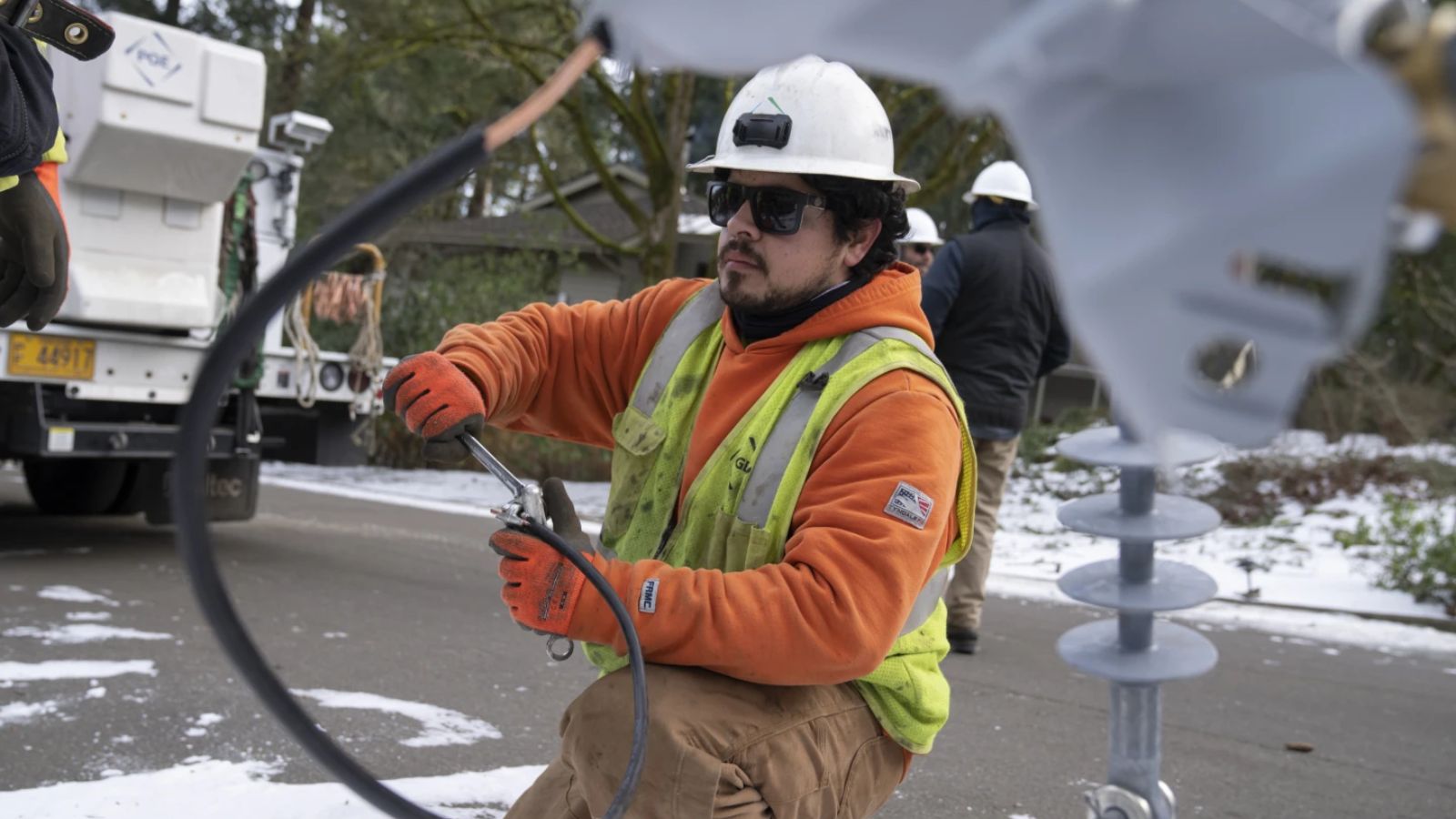What do you really get for a $7,000 Tesla home battery?
May 20, 2015, 11:30 AM
NEW YORK (AP) — Elon Musk, the star CEO of the electric car company Tesla Motors and the rocket company SpaceX, staged an elaborate event last month to unveil a new product. Not a sleek new luxury car. Not a rocket that can ferry people to Mars. A home appliance — a battery — that can be mounted on a garage wall and ignored.
The reason for all the excitement is because of what batteries like these might someday do. They may make the electric power grid more robust and able to handle increasing amounts of wind and solar power. In conjunction with rooftop solar systems, batteries may help homeowners reduce their electric bills. And some homeowners, like Mike Thielen — who installed a Tesla battery prototype last year in his Redondo Beach, California, home as part of a state home storage testing program — would like to use them to say goodbye to their electric utility forever.
“I think it’s brilliant,” Thielen said of Tesla’s home battery. “I would consider upgrading to a more powerful home battery if they could figure out a way to get me totally off the grid.”
That future, though, is not close. “Off-grid electricity supply will remain punishingly expensive for the foreseeable future,” wrote Bernstein Research analyst Hugh Wynne in a recent report.
For now, and likely for several more years, Tesla’s home battery, called a Powerwall, is a backup power source not much different from the generators for sale at any hardware store. It will keep the lights on and the refrigerator cold during a blackout, but it doesn’t run power-hungry devices like air conditioners or clothes dryers.
At an installed cost of about $7,000, it’s an appliance that makes very little financial sense for most people.
Tesla lists the price of the battery at $3,500, but that does not include installation, or an additional piece of equipment called an inverter that is needed to connect the battery to the home. To get a sense of the system’s full price look to Tesla’s sister company SolarCity, a solar panel installer founded by Musk’s cousins Lyndon and Peter Rive. Musk is SolarCity’s chairman and largest shareholder.
SolarCity offers a 9-year Powerwall lease for $5,000 when part of a rooftop solar panel installation and financing contract. To buy and install the battery outside of financing a solar deal, the price is $7,140.
That’s some pricey power, given how infrequently the lights go out. The average U.S. home loses power for just under 2 hours a year. Over the course of a nine-year lease that average homeowner would pay $277 for each hour the battery is running.
To some, that peace of mind may be worth it, though many who wanted that peace of mind bought a home backup generator long ago.
The price to go completely off the grid is even higher because that would require a rooftop solar system bigger than what is now usually installed, and at least two Powerwall batteries. That kind of system would cost $96,000 without subsidies, about 74 years of electric bills for an average U.S. customer, calculates Bernstein Research’s Wynne. Even assuming the cost of solar and batteries declines by 80 percent in the coming years and that it will be subsidized by clean-energy incentives, the system would still cost 2.5 times more than buying electricity from the grid, according to Wynne.
The Tesla battery still has appeal, however, and that appeal could grow with regulatory changes that would enable owners to get more use out of their batteries.
As a back-up power source, a battery is small, unobtrusive, and tucked away on a wall. If paired with a solar system, it doesn’t require any gasoline, diesel or other fuel — which might also run out during an emergency. And it doesn’t produce any exhaust that can be dangerous if not vented properly.
In locations with very high power costs, like Hawaii, or very unreliable power, like in some developing countries, solar paired with a battery could be worthwhile right away. Batteries could also help solar customers in the states that don’t allow home-generated solar to offset grid power use get more value out of their panels. With a battery, customers could store the excess power the panels sometimes generate for use later.
And in the future, it’s expected that more utilities and regulators will allow power prices to change throughout the day based on market conditions. Such a change would mean the software that controls the solar and battery system could help customers save money by using home-generated power when grid prices are high.
Batteries could really start to make financial sense if home and commercial batteries could be turned into so-called virtual power plants. Companies are working on systems that control a large group of batteries together as if it were one large power source. Battery owners might be able to sell their stored electricity to utilities during periods of high demand on the grid — which would help them pay off their otherwise ignored and expensive appliances faster.
AP reporter Michael Liedtke contributed to this story from San Francisco. Jonathan Fahey can be reached at http://twitter.com/JonathanFahey .
Copyright © The Associated Press. All rights reserved. This material may not be published, broadcast, rewritten or redistributed.









